Novel land-based aquaculture program utilizes brewery byproducts
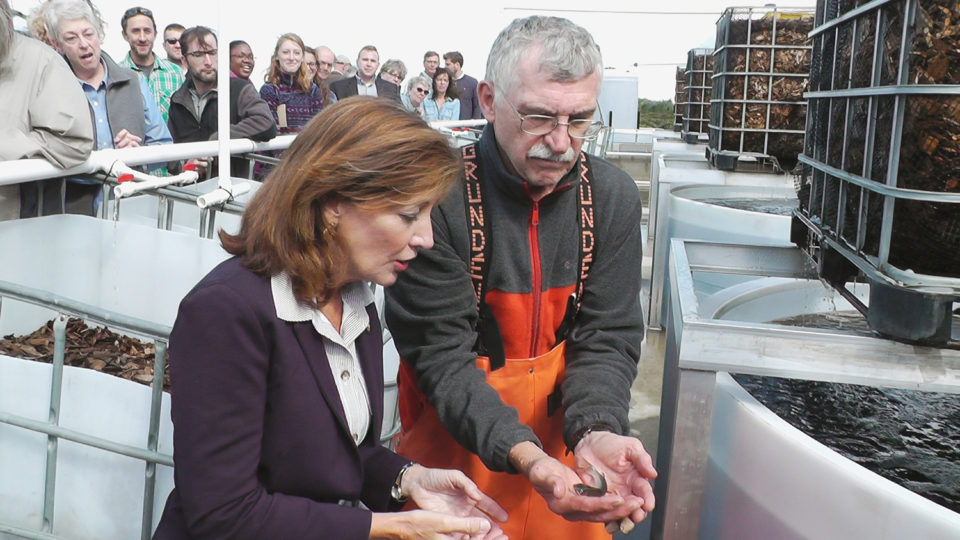
Even fish enjoy beer. Like the yellow perch circling around tall, white polyethylene tanks set outside a modernistic brewery and distillery near Lake Erie.
The strange pairing, however, is no accident: The stillage and wastewater from the distillery crosses over wood chips full of microbes and then under bins full of worms before the water – clean now – it is pumped into the fish tanks.
Because here, where beer begets fish, nothing goes to waste. An upstate New York joint venture between adult beverage producer Five & 20 Spirits and Brewing and startup TimberFish Technologies brings a land-based recirculating aquaculture system (RAS) to Westfield, a farming community close to the New York-Pennsylvania border. For now, it’s a wastewater treatment program. Someday, programs like this could be a model for sustainable food production in local communities.
“It is, primarily, a wastewater treatment plant, and we find it’s advantageous to growing fish and other things,” said Jere Northrup, Ph.D., managing member of TimberFish Technologies. The fish already growing here will be ready for harvest by next summer, he added.
This may give new meaning to the idea of RAS.
In this novel system, a byproduct stream from the brewery consisting of wastewater and stillage – the non-alcoholic residue that remains at the bottom of a still after fermentation, or the spent grain mash at the bottom of a tank after beer has fermented – is piped downhill into 70-by-20-foot cement tanks. From there, the water is pumped across crates full of wood chips, sourced from nearby forests, which is studded with microbes – bacterium especially. Think of it as a giant, aquatic compost heap. The nutrients from the stillage help this microbial biomass to grow and flourish; the bacteria clean the water of acetic acids and ammonia, phosphorous and more.
Farther on down the line, invertebrates like worms and snails churn in their own containers, feeding off the microbes raised in the wood chip compost. After the cleaned water has passed through the final cement cell, it is pumped into those tanks full of the perch (the project is also growing catfish, largemouth bass, and soon trout), which feed on the worms and snails that fed off the microbes that fed off the nutrients from the spent rye and barley and hops that were grown on a farm nearby. The system recycles 300 gallons of water per minute, has a hydraulic retention time of roughly 100 days, and the cleaned effluent water is discharged, by permit, into the local environment.
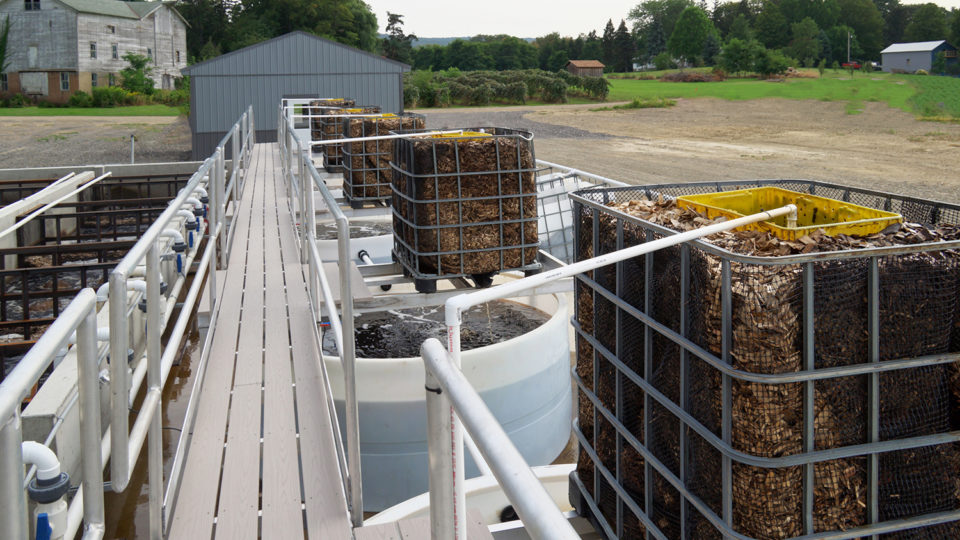
Even the fish feces here is put to good use. Fish excrete 75 to 80 percent of what they eat, said Northrup, and while he argues that in single-feed path systems that waste typically goes into the environment or into a wastewater system, at TimberFish it instead goes back into the system – specifically into the wood chips upon which the microbes are growing.
This may give new meaning to the idea of RAS. Grain to fish poop, everything at TimberFish is continually reused. Even the degraded wood chips aren’t simply thrown away. Instead, they’re squeezed through a screen and what comes out the other side is organically rich, small particle matter that gets turned into potting soil.
For TimberFish, the goal is proof of concept. Once this small program is proven, the company hopes to develop even larger fish farms alongside beverage producers – from fruit juice to hard liquor – across the nation. For Five & 20 Spirits, it’s a sustainability play, a financial boon – they avoid spent-grain disposal costs – and the chance to raise food for their own dining program.
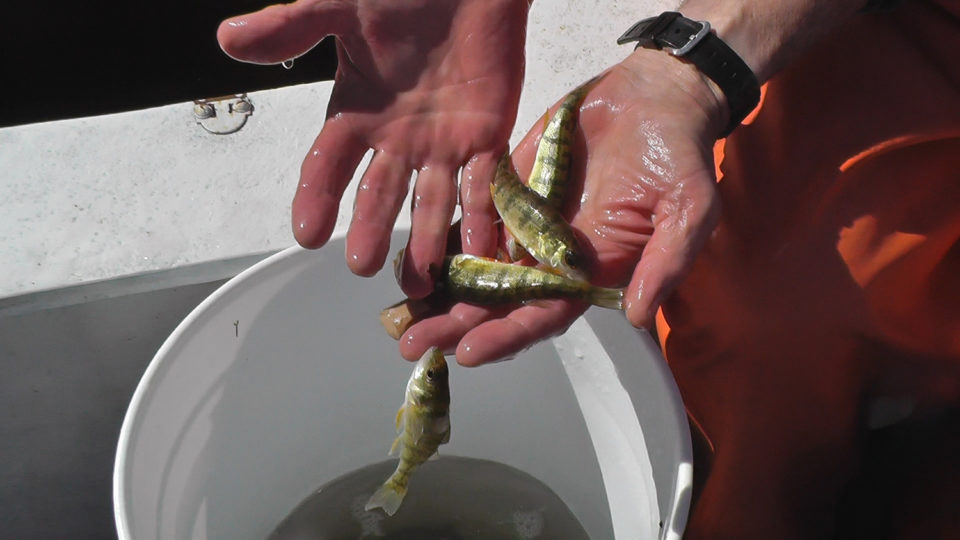
“We’re growing grapes and grains on the farm, and then turning that into wine and beer and spirits, and then turning that byproduct into fish that we can then serve at our restaurant,” said Mario Mazza, vice president and general manager of Mazza Wines and Five & 20 Spirits and Brewing. Come next summer, Mazza hopes to see customers enjoying the fish while drinking a rye pale ale or a rye whiskey cocktail made onsite from grains raised on the farm which, once spent, feed those fish.
In total, the program consumes 400 tons of raw wood chips from local forests and woodlots, produces 200 tons of high-energy production residuals for use in pellet manufacture, eliminates wastewater treatment issues for the Five & 20 operation, and grows fish that will be served on site.
TimberFish expects to raise 20,000 to 25,000 pounds of fish annually, most of which would be bought by the restaurant. A scaled-up operation could produce 2 to 3 million pounds of fish annually, said Northrup, which could be sold for roughly $3.75 a pound. The fish introduced at Five & 20 this past September will be ready for harvest in spring or summer of 2018. Longer-term goals include having the fish available periodically for direct-to-consumer sale at the farm, as well as in local and regional restaurants and grocery stores.
In Westfield, TimberFish expects to raise coldwater species such as rainbow trout and salmon and freshwater shrimp. This method could work for saltwater species as well, or anything that would eat a microbial product, said Northrup.
Author
-
Julie H. Case
Julie H. Case writes about travel, wine, food, science, mushrooms and more. Her work has appeared everywhere from Alaska Airlines Magazine to Wired.
Tagged With
Related Posts
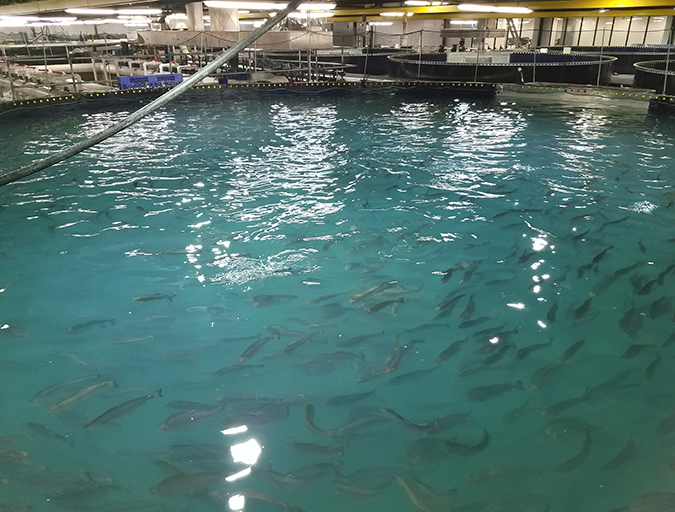
Intelligence
A land grab for salmon (and shrimp) in upstate New York
The operators of Hudson Valley Fish Farm see their inland locale as a pilot to prove that land-based fish farming, located in close proximity to major metropolitan markets, can be successful.
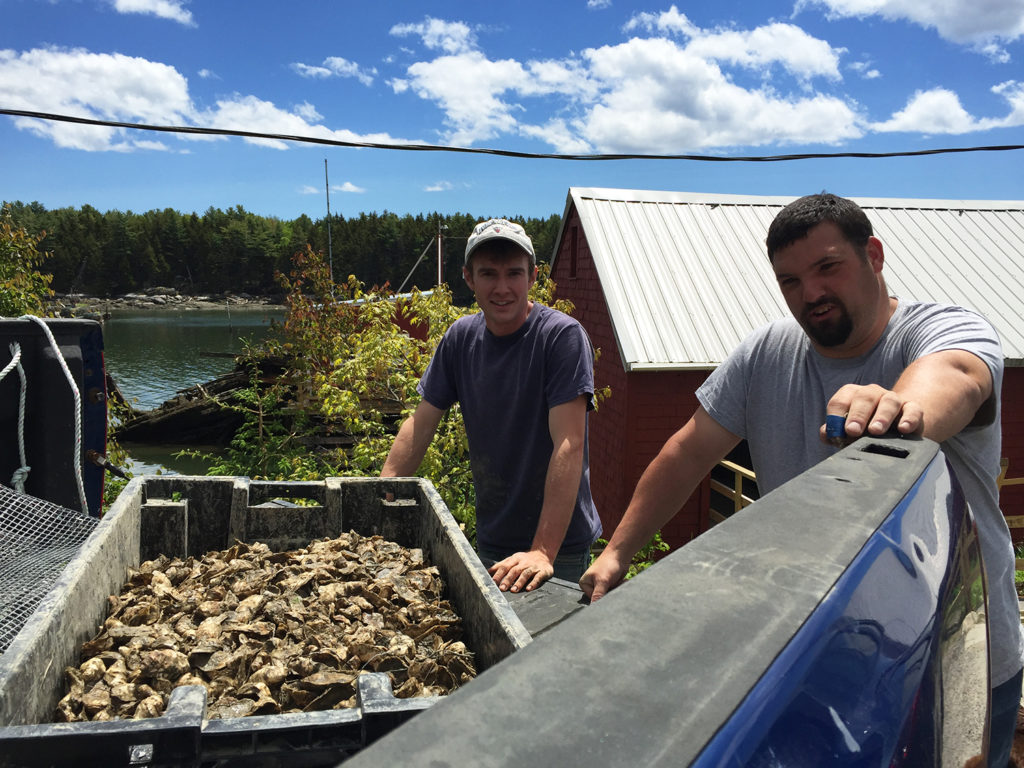
Responsibility
Repurposing Maine: Aging fishing facilities find new life with aquaculture
Some Maine lobster fishermen are turning to aquaculture in a quest to diversify and give defunct lobster pounds a second chance to produce local seafood.
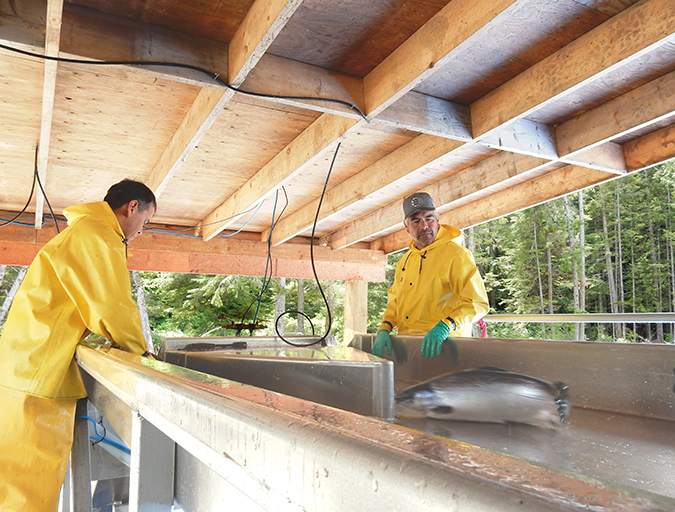
Innovation & Investment
Competitiveness comes at scale for RAS operations
Total RAS salmon production worldwide is less than half of 1 percent of total production. Many of the investors flocking to the sector now are new to fish farming, and confident in its potential.
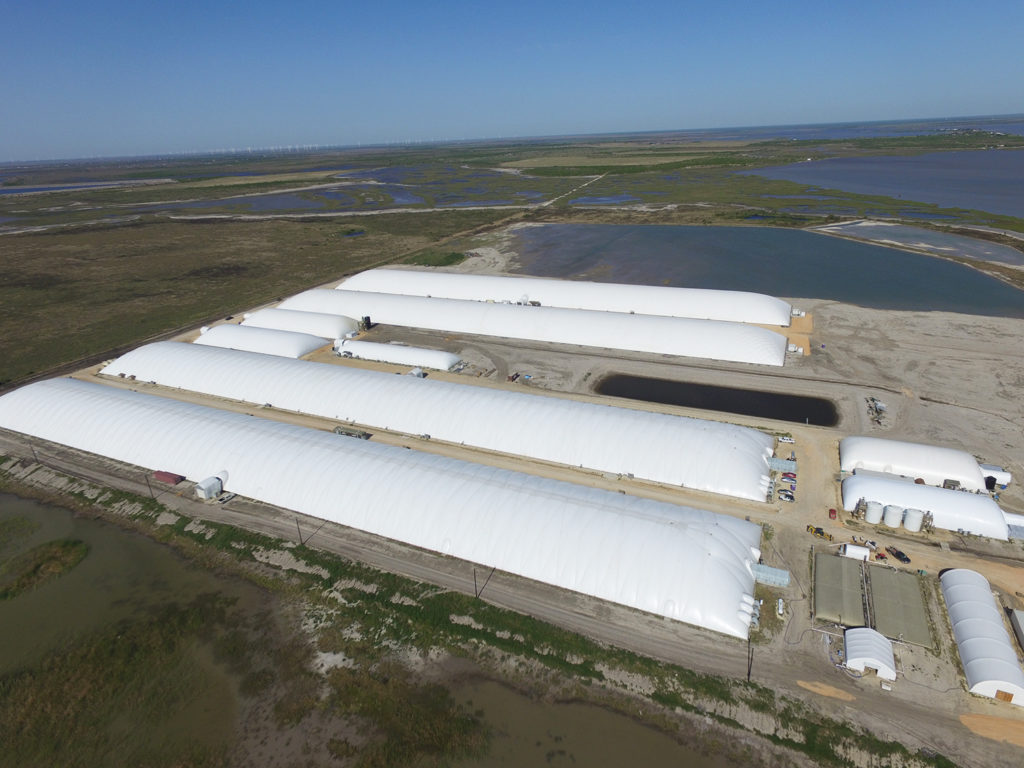
Innovation & Investment
Stormborn: The U.S. land-based shrimp farming industry
With farmed shrimp production having largely shifted overseas, RAS technologies offer potential solutions for growing production in the United States. The industry is poised for growth, thanks to entrepreneurs who believe in its potential.


